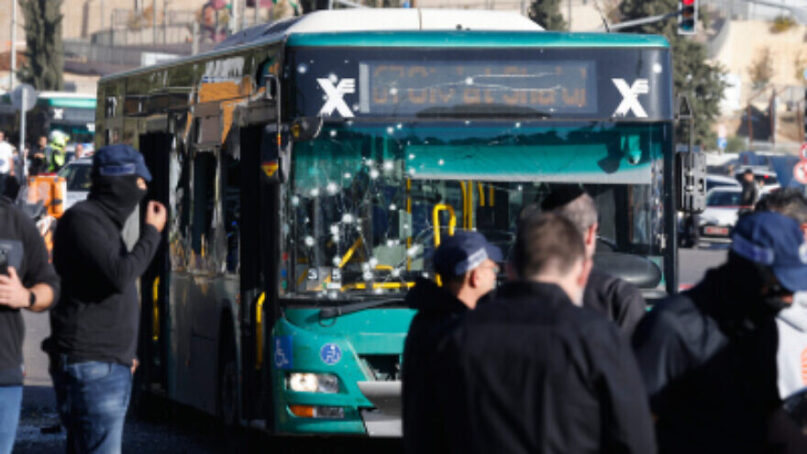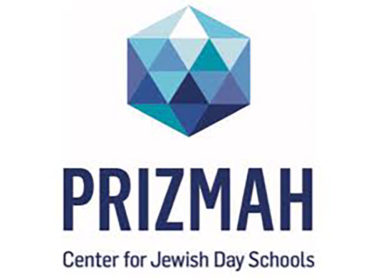
By Vera Schwarcz
A charred telephone pole on the narrow Shimshon Rokeach Street from a bombing 20 years ago is a mute witness to what Jews suffer because of murderous hatred. I stand near it, touch it because I cannot touch or even go near the site of the two bombings that happened today.
I checked the news at 8 a.m. before heading to Liora Tedgi, the subject of the book I am writing about support for victims of terror. The impact doesn’t sink in fully until we sit at Liora’s dining room table, and phone calls keep coming. A close friend needs Liora right now for comfort in horrific circumstance. Somehow, she chooses to stay and go over the first draft of the book manuscript.
“I would rather not talk today. The terror is so fresh, so present. But I am choosing to put my own feelings aside. Not easy. Sometimes I feel I will explode from all the effort to keep the echoes of trauma apart from daily tasks.”
One granddaughter comes in. She missed the bus to Ramot, where the second explosion was set off this morning. A call comes in, telling her that her son-on-law, who overslept and therefore missed the morning bus because of a sick child who was up all night, would have been at the site of the first attack.
Miracles in the midst of utter dread. It is so hard for me to wrap my mind around the fact that I am writing about victims of terror, as new ones are created right now. One 15-year-old yeshiva boy dead today. Life snuffed out before his time and scores seriously injured. Will they survive? Will their families be able to cope with deepening disaster?
Words fail.
Tomorrow I will pack baskets for families of terror victims. The past is not past here in Jerusalem. Like the billowing smoke at the entrance of the city today where the first explosion took place. A “small” local Hiroshima. The cloud of smoke was far blacker on the day Liora was injured in the bombing of February 2001. It engulfed the narrow street, hid the faces of hundreds who were maimed and traumatized by the explosion two decades ago.
Today, Liora braces herself for our conversation, for travel abroad, for raising money to keep on supporting the injured and the aggrieved. I am humbled by her fierce strength. Almost intimidated. Words I wrote before feel useless in the face of what is unfolding today. Again. Yet I must write. I must become present to the pain of today and the endless shadows—including poverty and despair—that linger after past terror attacks. Hence more work, more contributions needed for Ohr Meir & Bracha.
I choose to go back to the site of Liora’s attack. I try to read the blue plaque she put up to thank Hashem for the miracles that saved her own life at this very stop. More gas tanks could have exploded here. Liora could have been closer to the terrorist. She could have been killed. Instead she “only” had a partial miscarriage. One of the twins she carried survived. Only? The buzzing in her near doesn’t stop. The nightmares remain. All the time.
I stand in front of the blue plaque. Can’t make out all of the Hebrew words. I see—and hear—the staccato use of passages from Tehilim—to thank Hashem. “Give gratitude”—and some detail about the attack and those who emerged somewhat whole.
I stop a young man taking out the garbage. He lives across the street from the site of the 2001 bombing—and the much more murderous terrorist attack by a man who came to kill women and children on a Shabbat afternoon in 2002, less than one year after the bomb that harmed Liora. On the exact same, tiny street.
I ask about his memories. His trauma. “I was six years old then. I could not go out into the street for months. I keep seeing the bodies (from 2002) and smoke, the endless boom. Now, thank G-d, I have a normal life, but I never get out of the car during fireworks for Independence Day or Purim.” I see him shake as he tells me, his long peyot flowing on this mild autumn day.
News keeps getting worse about today’s injured. A father waiting to bury his young son. The young man in front of me is now a 27-year-old father of twins. Yet he is shaken. Shaking. Before we stop chatting, he shows me a faded plaque in front of his own house. His parents felt the need to put it up because two of their young sons happened to be on the street on that Shabbat in 2002 when eleven Jews were killed, including an infant and her 6-year-old brother. Five murdered from the same family. Fifty seriously wounded.
On the very same spot. Two plaques. Facing each other. The white, one family’s urgent need to thank Hashem for miracles done for their sons. The blue, put up later already speaks of Liora’s determination to help fellow victims of terror. She helps hundreds more today than when the plaque was put up.Holy words stand guard on this street, where today’s language breaks down. My words down. Yet here I am, putting this all down, while the numbers of those murdered and injured today rises. I cling to the charred electrical pole. Two decades ago, death and miracles here. Here. Now.
Vera Schwarcz is professor emerita of East Asian Studies at Wesleyan University. A former resident of West Hartford, she made aliya in 2018.
Readers are invited to submit original work on a topic of their choosing to Kolot. Submissions should be sent to judiej@jewishledger.com.
MAIN PHOTO: Security personnel at the scene of a terror attack near the entrance to Jerusalem, Nov. 23, 2022. Photo by Olivier Fitoussi/Flash90








 Southern New England Jewish Ledger
Southern New England Jewish Ledger












